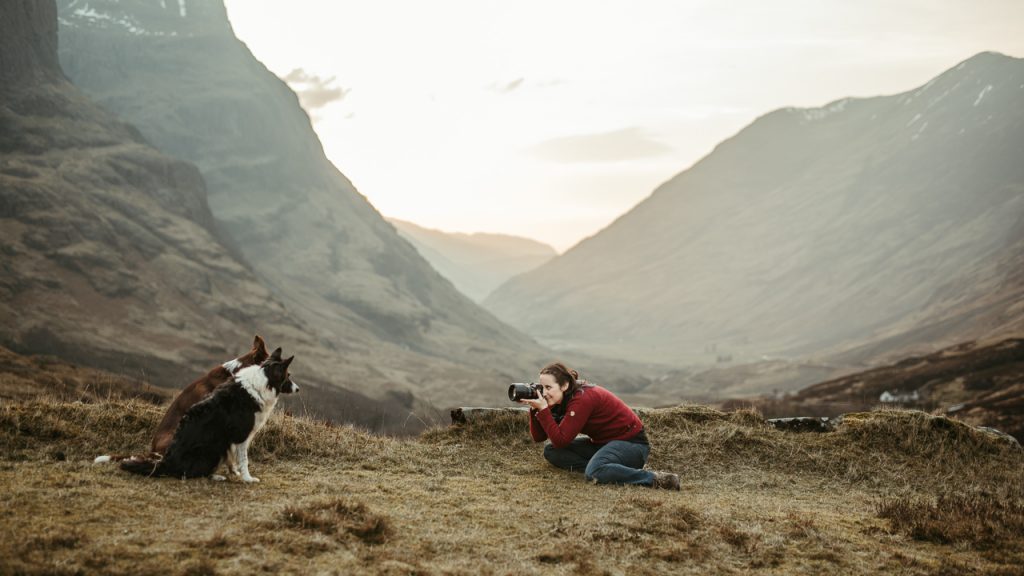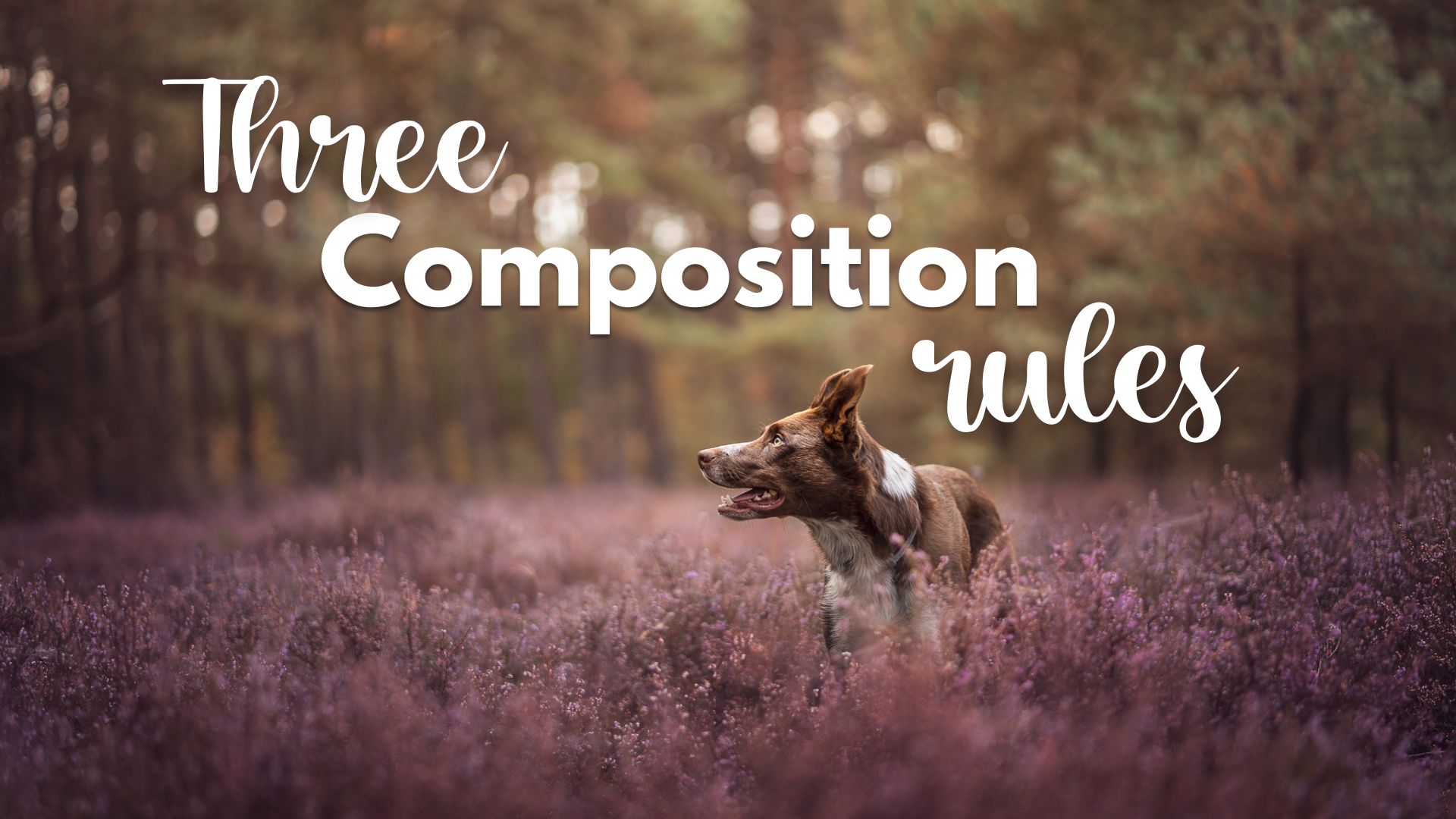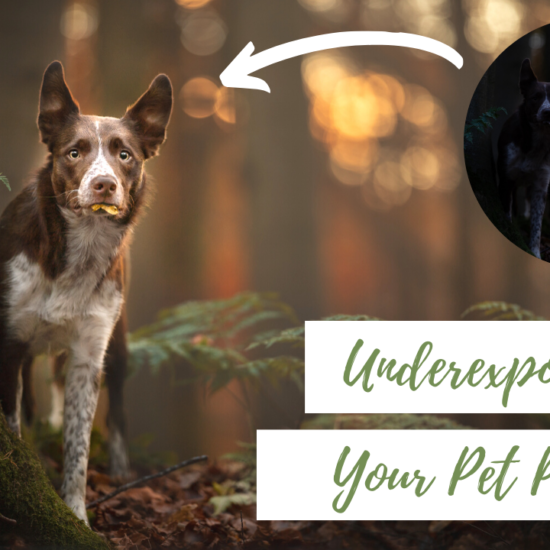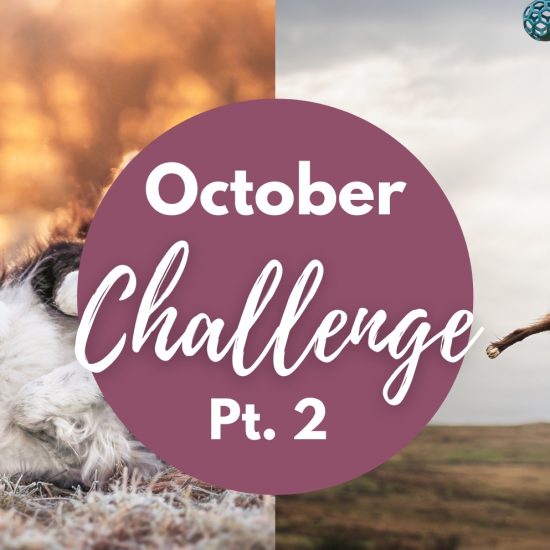When you first think about composition in pet photography, you’d probably think about rule of thirds, the golden spiral, or some other mathematically determined pleasing constant. But what if I told you that composition doesn’t need to be scary at all?
Composition is a bit more subtle than that. It’s what makes a photo feel nice to look at. Composition which is “off”, might make our audience feel uncomfortable and leave our photo quickly – not ideal! We want them to stick around and look at the artistic pet portrait we’ve created.
In this blog post, I’ll talk about my three most basic rules of composition. And I won’t even include the rule of thirds this time!
Let’s dive in!
What I consider composition in pet photography
Composition might be a scary word, but all it describes is how an image is put together.
For example, every image has a subject, a background, and (possibly) a foreground. Composition is a fancy word to describe how you put the elements of a photo together.
It might be:
- where the subject is in the photo
- how much frame does a subject take up
- what other elements are in the photo
- the overall balance of the elements in the photo
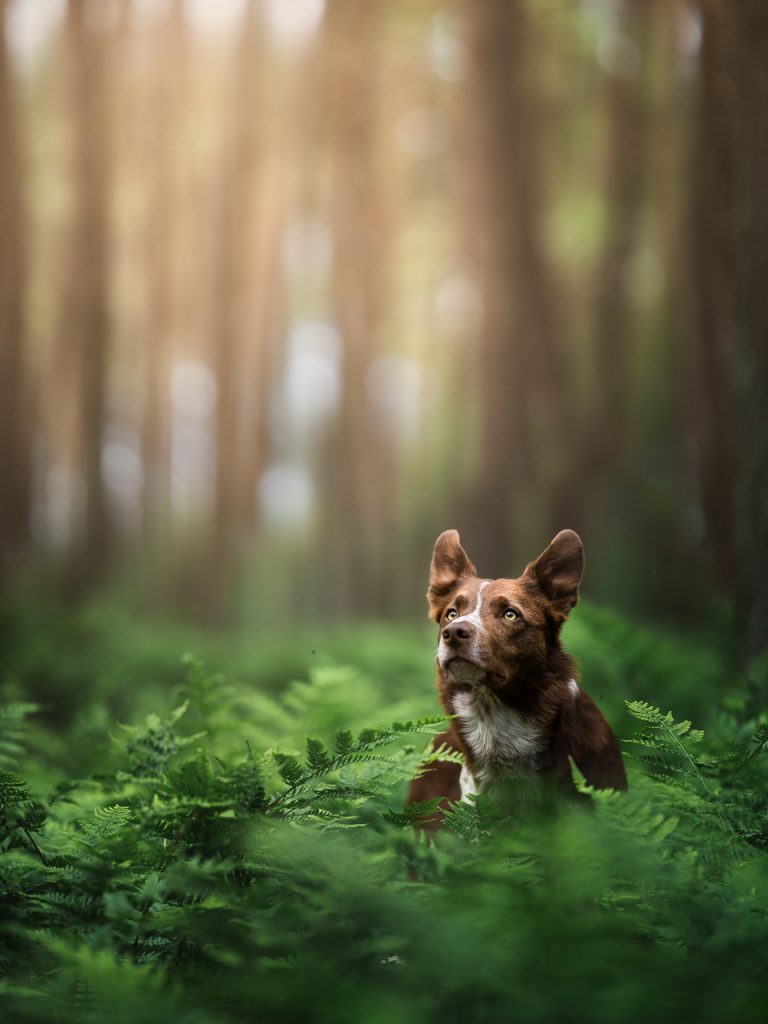
The goal of composition is for our photos to feel balanced and comfortable to spend time in. Remember, your goal is for the audience to recognise your subject and return to it.
Here, you’ll fine my 3 most important composition rules that don’t include any grids or maths:
- Don’t Chop the Dog!
- Breathing Room!
- Give them Space to Look into!
Without further ado, let’s go figure out what these mean!
Composition Rule #1: Don't chop the dog
This is my main rule. There’s of course some exceptions, but in general, you should avoid chopping the dog’s tail, legs, tips of their ears and bodies.
Sure, the classic head and shoulders portrait will slice the dog in half through the widest part of the shoulder, which is totally fine. And sometimes in extreme closeups, the top of the dog’s head will be chopped off and that’s also ok.
But both of these are purposeful chops. What you don’t want, is to have accidentally chopped off the dog’s paw at the wrists, the tips of their ears or their tail.
We can see in the photos below that even if we don’t actually see the entire dog in these photos, it doesn’t look awkward or choppy. We can still tell where the dog’s paws would have been, had we been able to see them.
Composition Rule #2: Give them breathing room
My second most important rule pertains to a problem often pops up after you’ve successfully stopped chopping your dogs, and that is not giving your dog enough breathing room.
In art classes, teachers talk about not having your subject too close to the edge, because they look like they’re falling off the page. Similarly in photography, we want to give our subjects a bit of room to breathe. A bit of space under their paws and above their head goes a long way.
This doesn’t mean the dog needs to ALWAYS be super far from the camera, or that he needs to be in the center of the photo. But it does mean that you should make sure you have enough space between your subject and the edge of your photo.
Composition Rule #3: Space to look into
This one refers to the subject looking to one side. If your subject looks to one side, the side he’s looking to should have space for them to look into. The more extreme the gaze to the side, the more space they’ll probably need.
The space means that the viewer can move through the photo following the subject’s line of sight, which isn’t getting blocked by the edge of the photo.
Bonus Rule: landscape or portrait orientation?
Let us touch here on the debate of landscape and portrait orientation. I firmly believe that dogs fit much better in landscape orientation photos, because they’re just horizontal creatures.
But! You’ve probably heard portrait orientation does better on social media. Which is somewhat true, because I’m always frustrated about none of my best work fitting into the ratio of Tiktok and Instagram.
At the end of the day, I know I create photos to be beautiful. To be works of art. I don’t make them for social media. So if the photos of my subjects work better in landscape, creating them to be beautiful and compositionally balanced sounds better to me than trying to force horizontal creatures into a social media orientation.
If you want to dive even deeper into composition, or you’re ready to really take control of your photography by learning the most important fundamental skills, check out my online courses, for online learning options for beginners through to advanced students!
Until next time!
